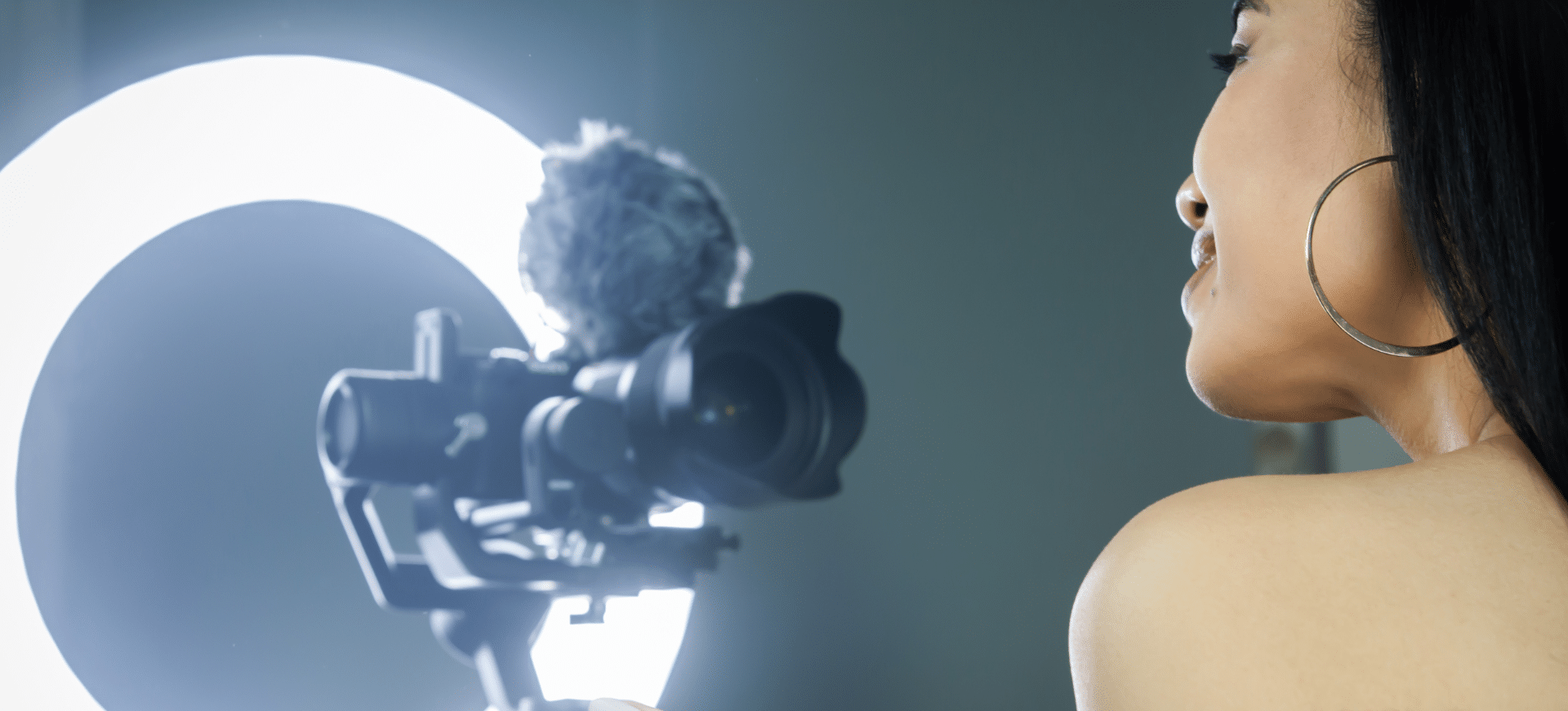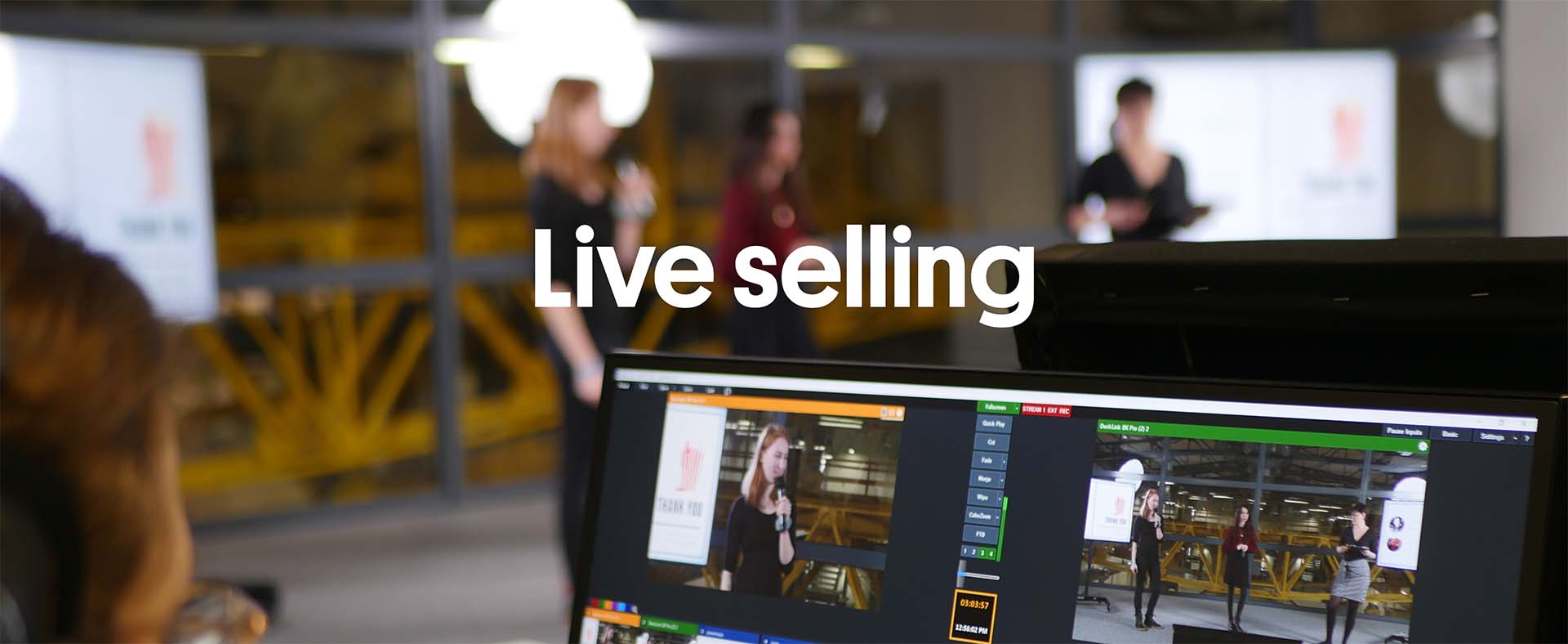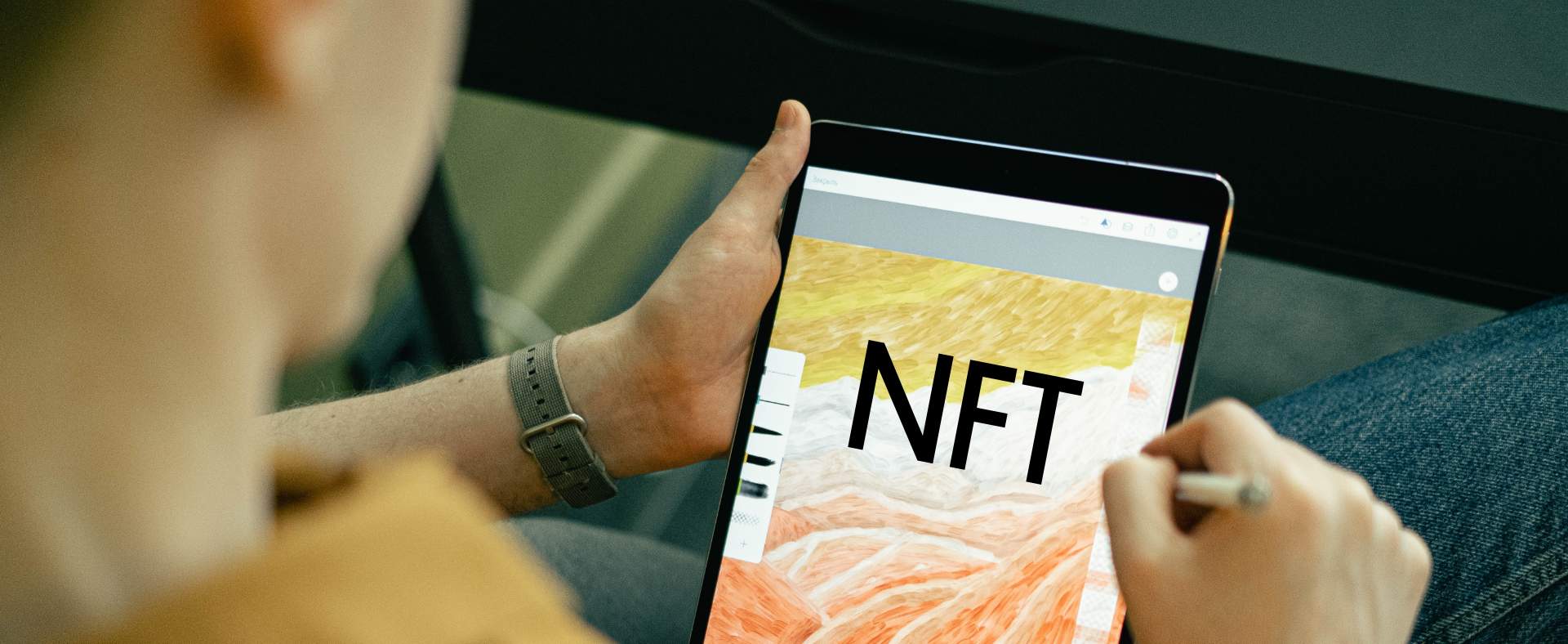
The last year has shown that, despite various obstacles, online conferencing can be one of the most effective forms of event delivery and communication.
It is not easy. We should only go live when both we and our keynote speakers are fully prepared. During the running of any online event, it is vital to make sure that the content of the message is not being disturbed by the lack or distortion of sound, excessive noise or poor image quality from the speaker's camera.
Remember: the sound is definitely the most important thing from the listener's perspective. The quality of the sound should be your priority.
Tips for Online Speakers
Update your audio video drivers
The content is what makes your event worthwhile, giving it the appropriate stature and making it engaging for participants. However, a poor-quality built-in webcam and microphone will not be enough to properly show off either the speaker or their presentation.
Taking audio and video quality to a higher level does not necessarily involve large outlays, though. Here are our recommendations:
Use an external USB camera

Most USB cameras on the market offer better quality than those built into a laptop. Many of them are also equipped with microphones, and the more expensive models even have noise reduction.
It is also easier to set these cameras in the desired place to achieve a better visual effect.
However, it should be remembered that most of your content is communicated by voice. Using a good microphone close to your face will significantly improve the sound quality.
A good alternative is to use even the simplest headset with a microphone. It goes without saying that the higher the quality of the set, the more functions it will have (such as ANC - Active Noise Cancelling - which means that the voice will not be disturbed by background noise). For the audience, sound is always more important than the image. And we should make sure that we treat it as a priority.
It is also worth having additional lighting. Daylight is best, but it is not always available. You will find that a simple LED ring lamp, used by many influencers and make-up artists, will significantly increase the quality of the image..

Prepare the speaker accordingly
Eye contact matters, especially online. Make sure that the speaker's camera is at eye level, with the laptop even placed on books to raise it up if necessary. This is a subtle and, at the same time, very practical use of the unread bookshelves that we all saw en masse behind the backs of politicians, celebrities and other speakers in 2020.
The background is just as important. If there is too much going on, it can distract the participants. Before a presentation or a recording, it is always a good idea to check the potential background and, if it is too "rich", choose one of the simple but elegant backgrounds available in the apps. Uniform backgrounds corresponding to a given brand or the graphic design of the conference are a perfect idea.

Forget about network problems
While it may sound obvious, this is the main reason why live broadcasts can be of poor quality. The speaker should have a stable and reliable internet connection, with a download speed of at least 10 Mb/s (preferably 25+ Mb/s) and an upload speed of at least 5 Mb/s to ensure reliable transmission.
If possible, persuade your speaker to refrain from using wi-fi and use a cable connection instead. Check that the transmission speed will be sufficient by conducting one of the generally available internet speed tests on the speaker's connection beforehand. Remember that the content of the presentation will drop to zero if it is simply not available to viewers.
If the presentation is going to be live, always try to carry out a test connection covering all the elements of the talk beforehand. This will give confidence both to you and the speaker.
Design an engagement strategy
The most important task for any event planner is to encourage interaction by providing easy-to-use engagement tools. If the recipient knows the speaker will be looking for feedback, using polls or running a Q&A session at the end, we are more likely to keep their attention.
The length of the presentation, the synthesis and clarity of the argument, as well as the naturalness of the message, are also important.
We’ll have more on this subject of keeping people’s attention and maintaining engagement levels soon.





